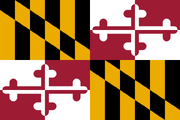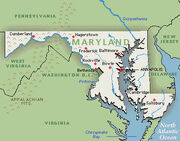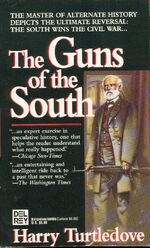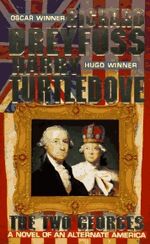

Maryland is a state located in the Mid-Atlantic region of the United States. It is bordered by Virginia, West Virginia, and Washington, DC to its south and west; Pennsylvania to its north; and Delaware to its east. The state's capital is Annapolis while its largest city is Baltimore. It has three occasionally used nicknames: the Old Line State, the Free State, and the Chesapeake Bay State.
One of the original Thirteen Colonies, Maryland is considered to be the birthplace of religious freedom in America, when it was formed in the early 17th century as an intended refuge for persecuted Catholics from England by George Calvert. He became the first Lord Baltimore and the first English proprietor of the then-Maryland colonial grant. Maryland was the seventh state to ratify the United States Constitution on April 28, 1788.
Before the American Civil War, it was one of the border states, straddling the North and South. Federal law permitted the sale of slaves within the state. Of its 1860 population of 687,000, about 60,000 men joined the United States Army and about 25,000 fought for the Confederacy. Northern and Western areas of the state were especially close to the North while Southern and Eastern Maryland were especially close to the South. In each case, the political sentiments of these regions reflected their economic interests.
Maryland in The Guns of the South
Maryland remained part of the United States after the Confederate States renounced their claim to it, in negotiations held after the CSA won the Second American Revolution. It then became one of 10 states that Democratic candidate Horatio Seymour carried in his election to the presidency in 1864.[1]
Maryland in Joe Steele
Maryland went to Republican candidate Harold Stassen in the 1948 presidential election, despite the efforts of President Joe Steele's political machine.[2] In the 1952 election, that problem was corrected, and Steele carried Maryland.[3]
Maryland in Southern Victory
Maryland was occupied by the Confederate States during the War of Secession and again during the Great War. During the War of Secession, the Confederate cause nearly came to grief in Maryland when a Confederate messenger nearly lost General Robert E. Lee's Special Orders 191 near the town of Frederick. Those orders were recovered, and the Confederates were able to win the subsequent Battle of Camp Hill.
Twenty-ninth US President Upton Sinclair was born in Baltimore, Maryland, in 1878.
In 1944, during the final days of the Second Great War, Confederate General Clarence Potter passed through Maryland on his mission to plant a superbomb in Philadelphia. He noted how prosperous Maryland looked.
Maryland in The Two Georges
In the aftermath of the Seven Years' War, Maryland was one of a number of colonies that chafed under unrepresentative direct British rule. However, a new arrangement was peacefully negotiated forming the North American Union. Thus, Maryland was one of the oldest Provinces of the NAU.
References
- ↑ The Guns of the South, appendices.
- ↑ Joe Steele, pg. 359, HC.
- ↑ Ibid., pg. 400.
| |||||||||||||||||
| |||||||||||||||||||
| |||||||||||||||||||
| |||||||||||||||||||||||||













